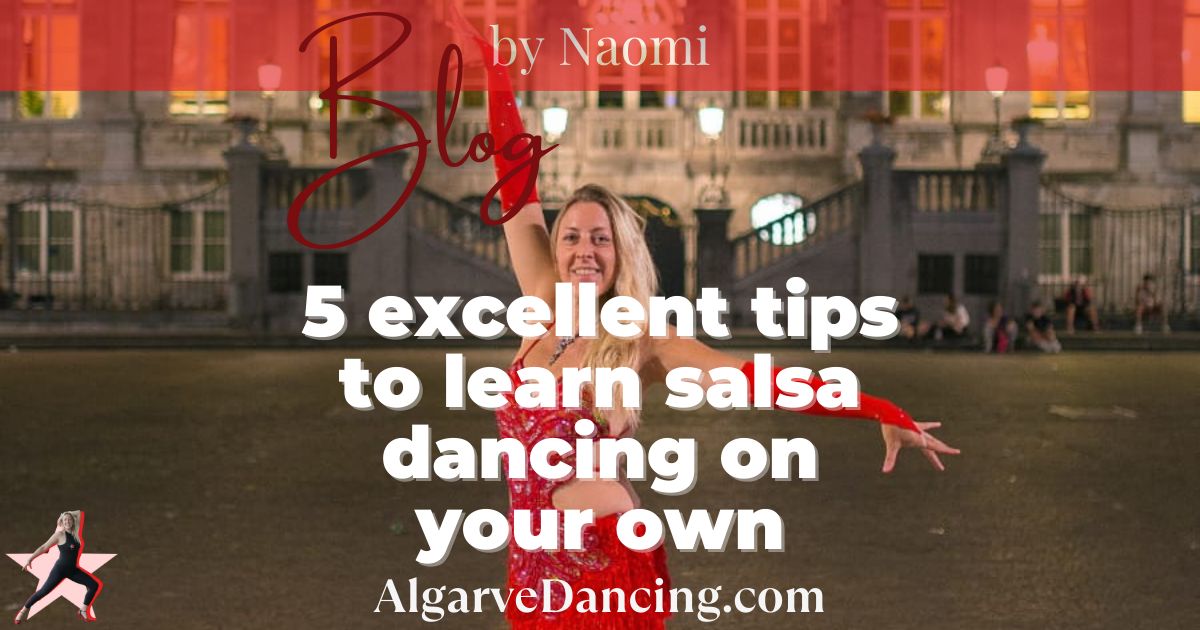
5 excellent tips to learn salsa dancing on your own
Reading time: 5 min.
Looking to learn salsa without joining a class or hitting the club? If yes, you'll be glad to know that there are quite a number of things you can do to become a better dancer without a floor or partner. Just so you know, nothing works better than classes and social dancing, but you can still challenge yourself to learn salsa on your own by following these foolproof tips.
Let's dive in!
1. Be one with the mirror

For starters, you'll want to practice body rolls against a mirror or wall — your focus should be on peeling yourself off of the wall. At this point, the downward and upward rolls are crucial.
- Bodyroll (downward): Begin with your head, followed by your chest, stomach, hips, and knees.
- Reversed bodyroll (upward): Reverse the downward roll, starting with your knees, hips, stomach, chest, and finally, your head.
This exercise helps build muscle memory and strengthens the muscles needed to perform excellent body rolls on the dance floor.
2. Work on your abs
It's also good to know that regular sit-ups can kick your dancing up a notch. How? Well, it's only because strong, toned abs give you better balance thus allowing you to be more smooth and centered on the dance floor. So, you'll want to do more sit-ups to become a pro at spinning — in essence, the surest way to spin is with a tight core that makes it easy for you to spot and stay balanced.
That said, it's sure to be an excellent idea to do ab-strengthening exercises before heading to dance class or the club — you'll get to feel much more controlled, and that's huge.
The best part? Strong abs will eventually help you become a great spinner thanks to the strength you'll have to whip around faster. Moreover, the stronger your abs, the better you'll be at executing advanced dance moves.
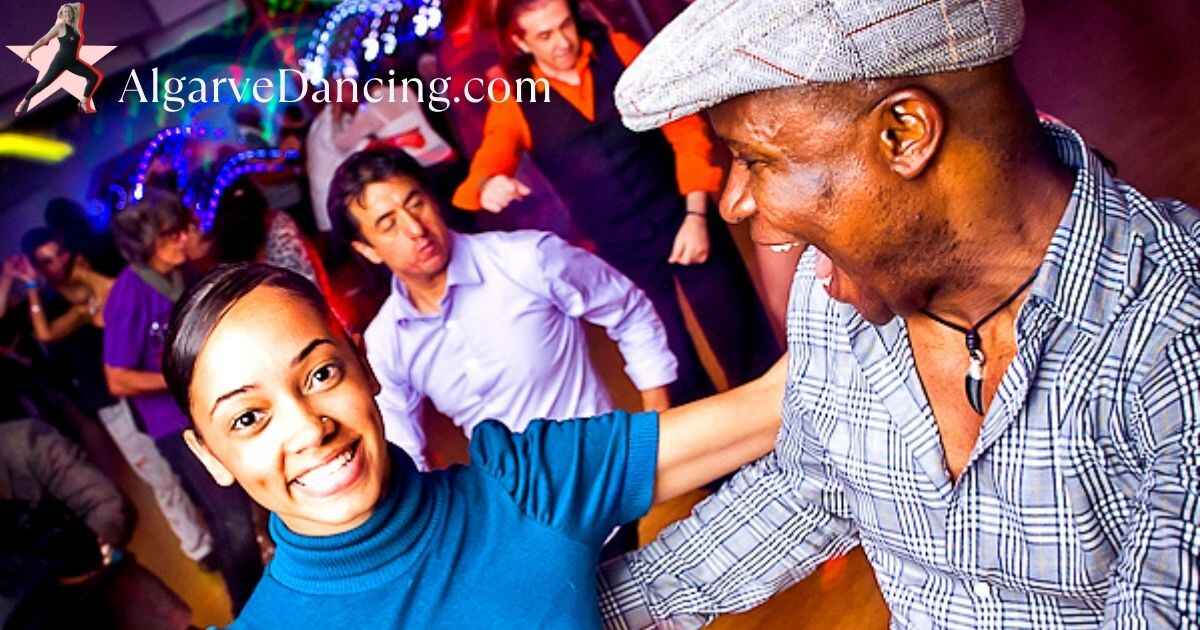
3. Watch other dancers
One of the best ways to learn salsa on your own is by watching other dancers, either on the dance floor or online. For about a decade, I've traveled to 40 salsa festivals a year, teaching and performing, but also absorbing the styles and techniques of some of the world's greatest dancers, including the Vazquez brothers, Eddie Torres, Super Mario, Santo Rico, Melissa Fernandez, Fernando Sosa, Adolfo Indacochea, Tropical Gem, Melissa Rosado, Frankie Martinez, Oliver Pineda, Maykel Fonts, Magna Gopal, Griselle Ponce - and so many more… I’ve also organized over 20 salsa, bachata, zouk, kizomba dance festivals (including five in beautiful Sardinia), hosting over 200 incredible artists, each with their own unique style and energy.
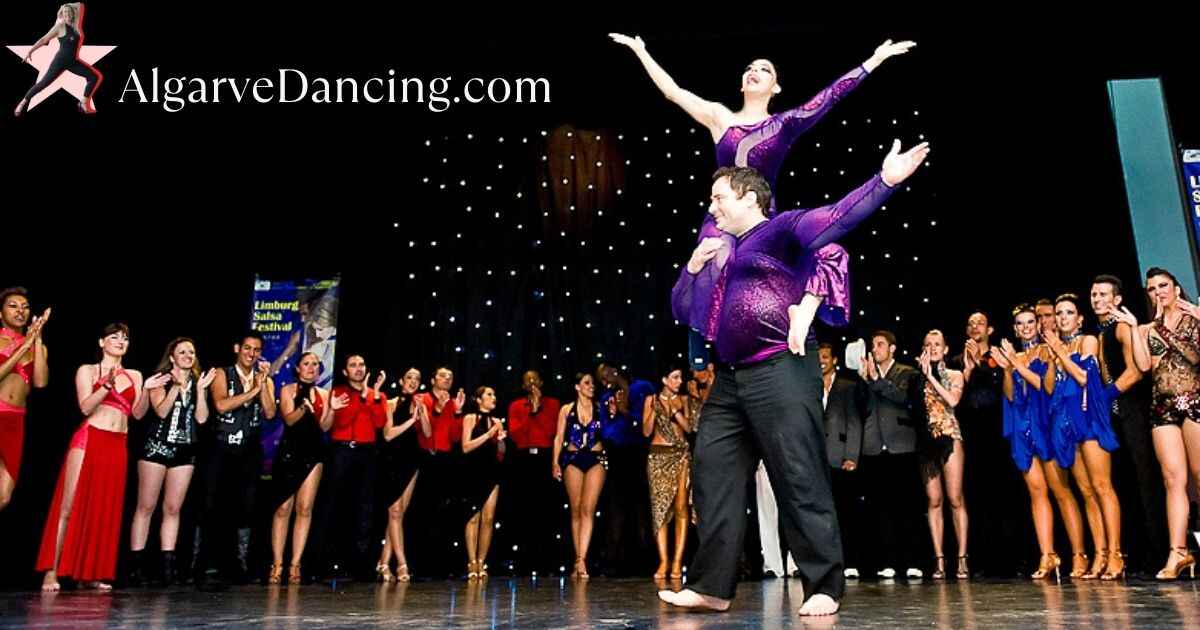
- Expand your style: Go beyond the familiar and observe dancers from around the globe.
- Incorporate new moves: Study the dancers you admire, and work on incorporating their impressive moves into your own style.
Every time you step out of the house, seize the opportunity to learn something new from someone else. The diverse styles you encounter will enrich your dance repertoire and take your salsa skills to the next level!
4. Perform body isolations
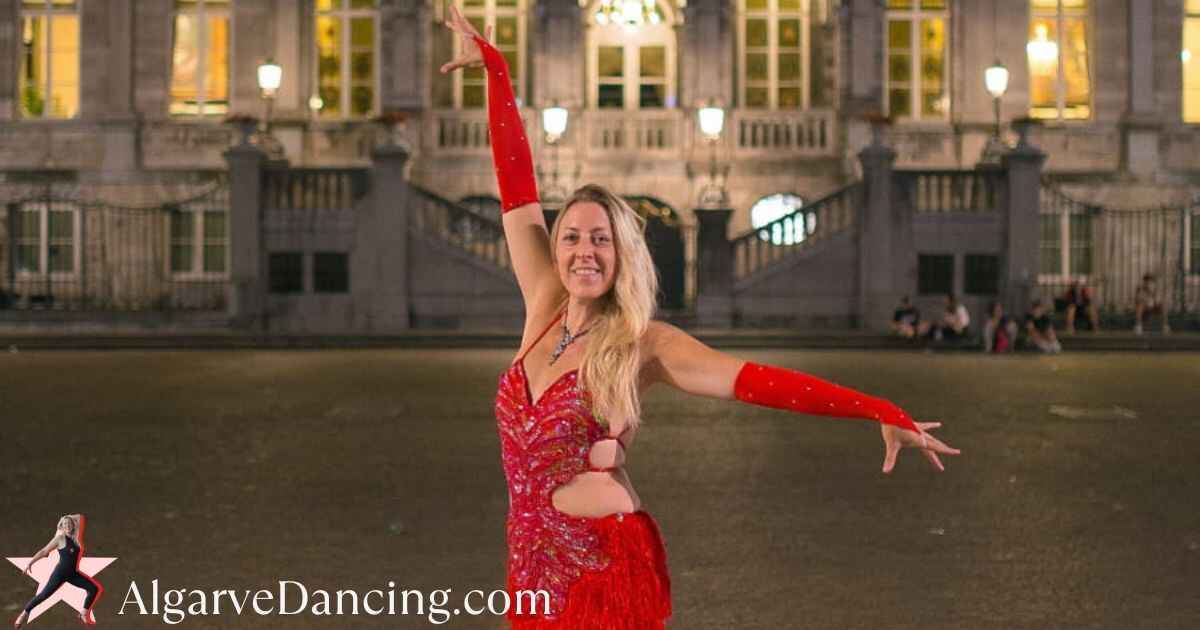
Now that you're friends with the mirror, you'll want to give body isolations a shot. Standing in front of a mirror, move each part of your body, one at a time. Be sure to isolate the movement regardless of how slow you go. It's great to use slow cha cha music to ensure that each movement takes a couple of 8 counts. The good thing is, the more you practice these isolations, the more your body movement will improve and eventually make you a pro on the dance floor. It's sure to be an excellent idea to start with your shoulders, hips, and rib cage — remember, practice makes perfect!
5. Record yourself
You might not know this, but the video camera can be one of your best friends during practice and the like. Have a friend videotape you while practicing, in the studio with a partner, or when social dancing—it’s all up to you! Later, review the footage to see what you can improve. Becoming your own critic helps you progress faster; you’re likely to spot mistakes you didn’t notice in the moment. Even dance teams use video cameras to record practices, performances, or tech rehearsals to ensure all movements are in unison.
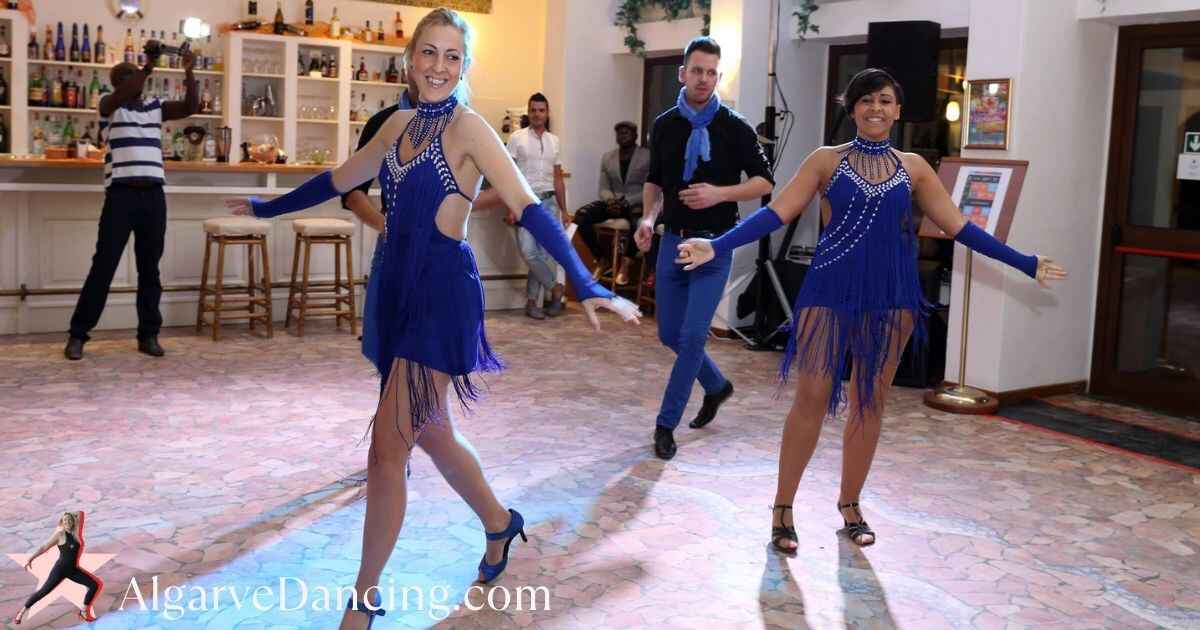
Having performed solo, with a partner, and with my show teams, I’ve found that video feedback is invaluable. Sometimes you think a performance went well (or poorly), but the video reveals the truth. It’s a fantastic way to learn and improve.
And that’s it! These tips will work great for dancers looking to take their craft to the next level. As mentioned earlier, nothing beats social dancing and classes, but supplementing with these tips will definitely help you become the complete dancer you’ve always wanted to be!

